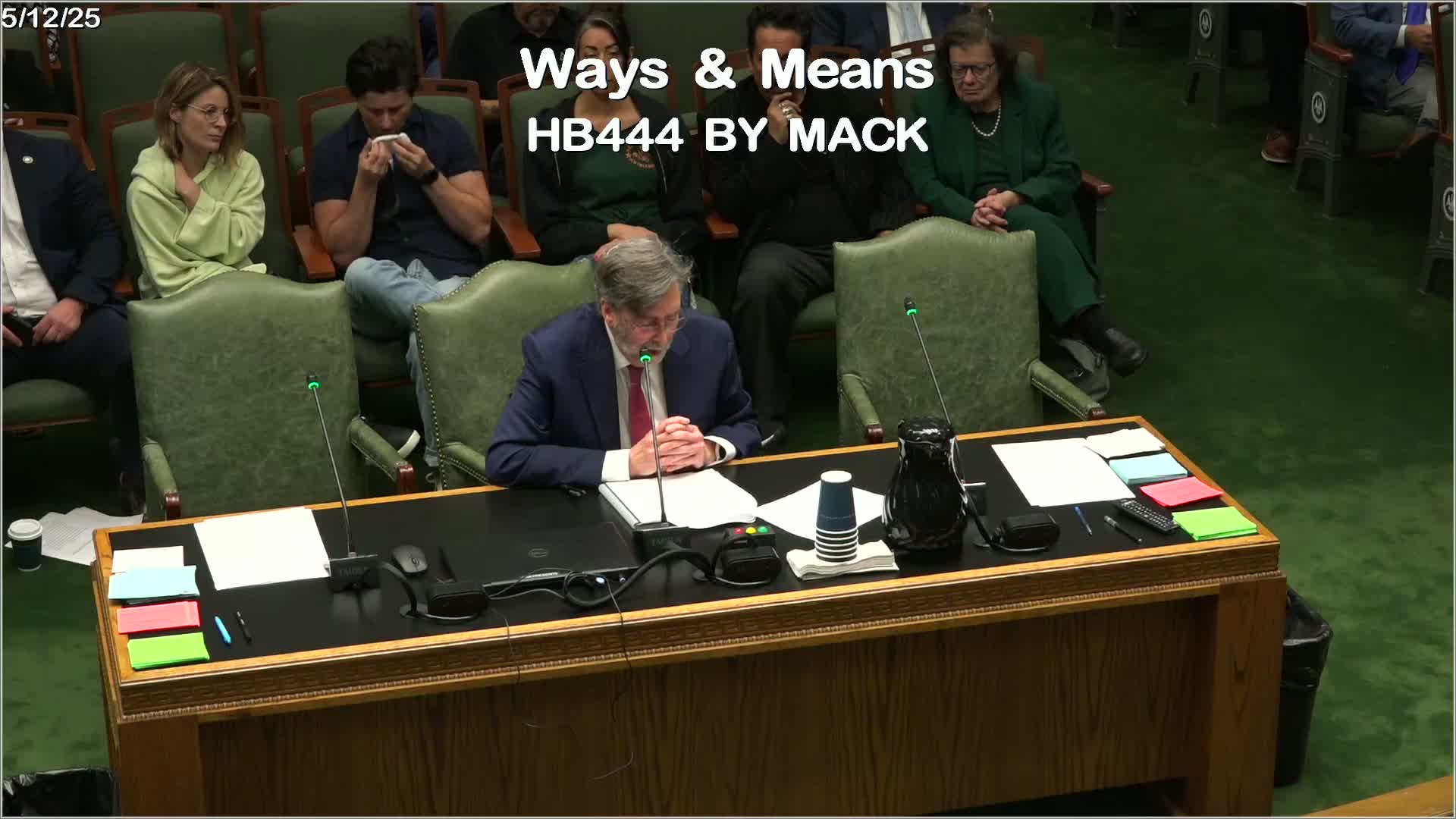Louisiana lawmakers discuss CCS investment strategies amid Texas competition
May 12, 2025 | 2025 Legislature LA, Louisiana
This article was created by AI summarizing key points discussed. AI makes mistakes, so for full details and context, please refer to the video of the full meeting. Please report any errors so we can fix them. Report an error »

Louisiana's future in carbon capture and storage (CCUS) is at a critical juncture, as discussions during the May 12, 2025, Ways & Means Committee meeting highlighted the urgent need for competitive tax policies to attract investment. Industry experts warned that without a strategic approach, Louisiana risks losing valuable projects to neighboring Texas, which is rapidly advancing in the CCUS sector.
The meeting featured testimony emphasizing Louisiana's unique geological advantages for CCUS, which could position the state as a global leader. However, concerns were raised about the potential impact of proposed tax structures on business decisions. Representative Echols pointedly asked whether Louisiana's competitiveness would suffer if tax rates were not aligned with those of Texas, which currently has a lower injection fee. The response was clear: without a competitive tax framework, Louisiana could see businesses relocating to states with more favorable conditions.
Tommy Faucher, president of Lamoga, underscored the stakes involved, noting that Louisiana has announced 20 major projects tied to CCUS, representing over $75 billion in capital investment and 16,000 new jobs. He cautioned that introducing a tax at this stage could deter companies from investing in Louisiana, especially when they have the option to move to Texas, which is expected to gain primacy in CCUS permitting soon.
The committee also discussed the importance of designing tax policies that reflect the diverse nature of CCUS projects. Experts suggested that a percentage-based tax could be more effective than a flat rate, allowing for flexibility as the industry evolves. This approach would ensure that Louisiana remains an attractive destination for investment while fostering local economic growth.
As the meeting concluded, the urgency for a well-thought-out policy became evident. With 39 projects currently in the pipeline, the decisions made in the coming months will be crucial for Louisiana's position in the burgeoning CCUS market. The committee's next steps will be closely watched, as stakeholders hope for a balanced approach that supports both industry growth and community benefits.
The meeting featured testimony emphasizing Louisiana's unique geological advantages for CCUS, which could position the state as a global leader. However, concerns were raised about the potential impact of proposed tax structures on business decisions. Representative Echols pointedly asked whether Louisiana's competitiveness would suffer if tax rates were not aligned with those of Texas, which currently has a lower injection fee. The response was clear: without a competitive tax framework, Louisiana could see businesses relocating to states with more favorable conditions.
Tommy Faucher, president of Lamoga, underscored the stakes involved, noting that Louisiana has announced 20 major projects tied to CCUS, representing over $75 billion in capital investment and 16,000 new jobs. He cautioned that introducing a tax at this stage could deter companies from investing in Louisiana, especially when they have the option to move to Texas, which is expected to gain primacy in CCUS permitting soon.
The committee also discussed the importance of designing tax policies that reflect the diverse nature of CCUS projects. Experts suggested that a percentage-based tax could be more effective than a flat rate, allowing for flexibility as the industry evolves. This approach would ensure that Louisiana remains an attractive destination for investment while fostering local economic growth.
As the meeting concluded, the urgency for a well-thought-out policy became evident. With 39 projects currently in the pipeline, the decisions made in the coming months will be crucial for Louisiana's position in the burgeoning CCUS market. The committee's next steps will be closely watched, as stakeholders hope for a balanced approach that supports both industry growth and community benefits.
View full meeting
This article is based on a recent meeting—watch the full video and explore the complete transcript for deeper insights into the discussion.
View full meeting
